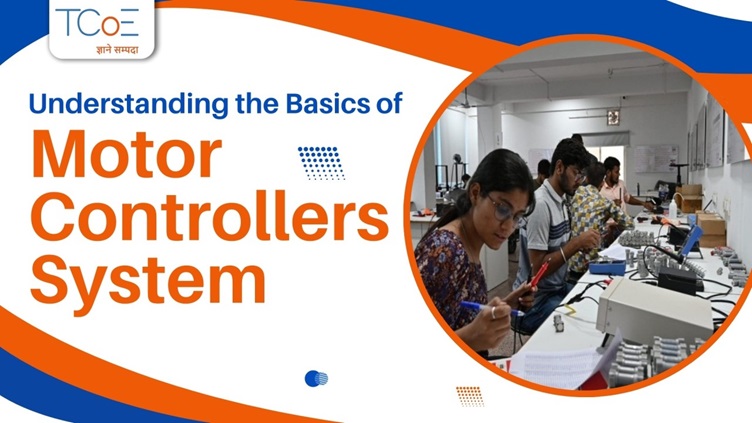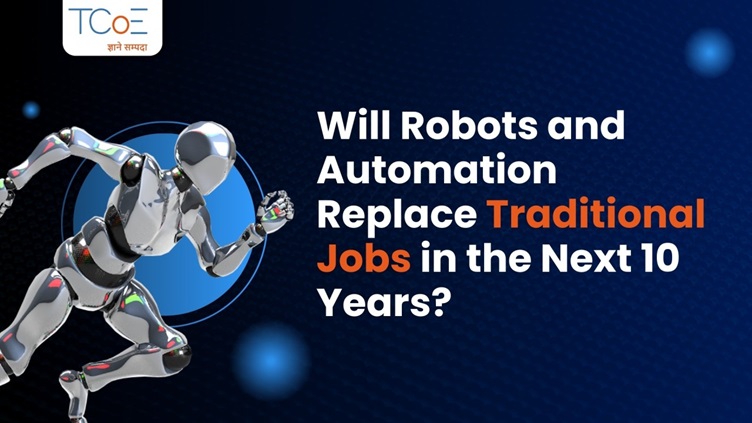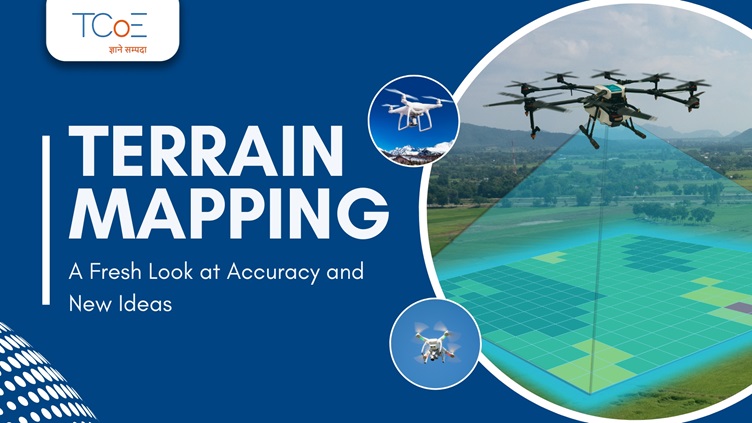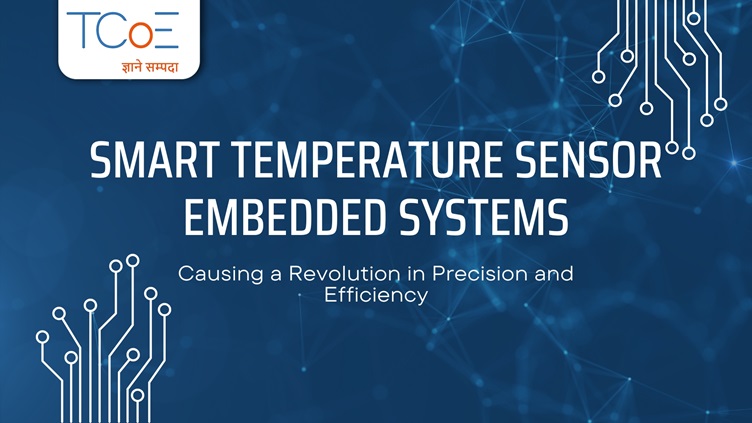Understanding the Basics of Motor Controllers System

In several industries, the motor controller is an important part of controlling electric motors for managing speed, torque, and position. Whether an industrial conveyor system or any appliance, every piece of equipment requires proper performance and efficiency which can be achieved with the use of a motor controller. It is quite interesting to talk about motor controller systems with their elements and their importance in modern technology.
What is a Motor Controller?
A motor controller is a device that helps in the smooth functioning of an electric motor. It fills the gap between the power source and motor ensuring proper control It intervenes between the power source and the motor, ensuring precise control over its function. Depending on the application, a motor controller can provide simple on/off control, or more features like speed regulation, directional control, and fault detection.
Components of a Motor Controller System
- Power Supply
The very first thing required to run the motor is Power Supply. It can be AC or DC, depending on the motor which we are using.
- Control Circuitry
The control circuit deals with the signals which are transferred to the motor. This can include various types of the controller such as microcontrollers, programmable logic controllers (PLCs), or analog circuits, depending on the application usage.
- Switching Mechanism
This component controls power flow to the motor, mostly by using transistors, thyristors, or relays for voltage and current modulation.
- Feedback System
Advanced motor controllers consist of feature sensors for feedback, delivering data on parameters such as speed, torque, and position. This feedback enables on-the-fly adjustments to attain accurate control.
- Protection Features
Safety mechanisms protect the motor and control it from overloading, overheating, or short circuits. Common protection methods include fuses, circuit breakers, and thermal sensors.
Types of Motor Controllers
- On/Off Controllers
These are the basic controllers by which we can simply turn the motor on or off.
- Speed Controllers
This helps in regulating the motor’s speed by changing the voltage or current supplied.
- Position Controllers
These controllers are made to ensure accurate positioning and are commonly used in robotics and CNC machines.
- Vector Controllers
These ensure advanced control by keeping accurate torque and speed values, usually in high-performance applications.
Applications of Motor Controllers
Motor controllers can be used in various sectors-
Automotive: Electric vehicles need controllers for smooth acceleration and energy efficiency.
Industrial Automation: Controllers are used for managing conveyor belts, robotic arms, and production lines.
Consumer Electronics: Fans, washing machines, and air conditioners use motor controllers for efficient working.
Conclusion
Modern technology depends on motor controllers, for improving the efficiency, performance, and lifespan of electric motors. Professionals in engineering and automation must work with basic motor controller systems for proper handling and application. The future is always good with motor controllers as they develop towards providing smarter and more efficient solutions for a greater number of applications.
If you want to learn more about motor controllers in depth about their working and usage then we have designed the course for you. Join TCoe for better and secure future growth.










